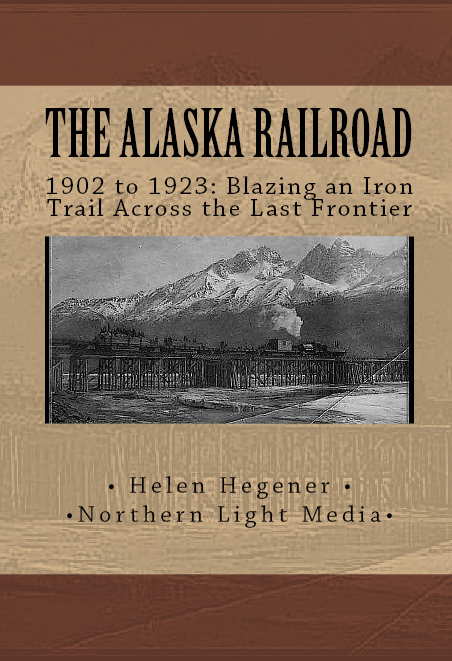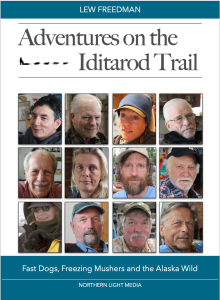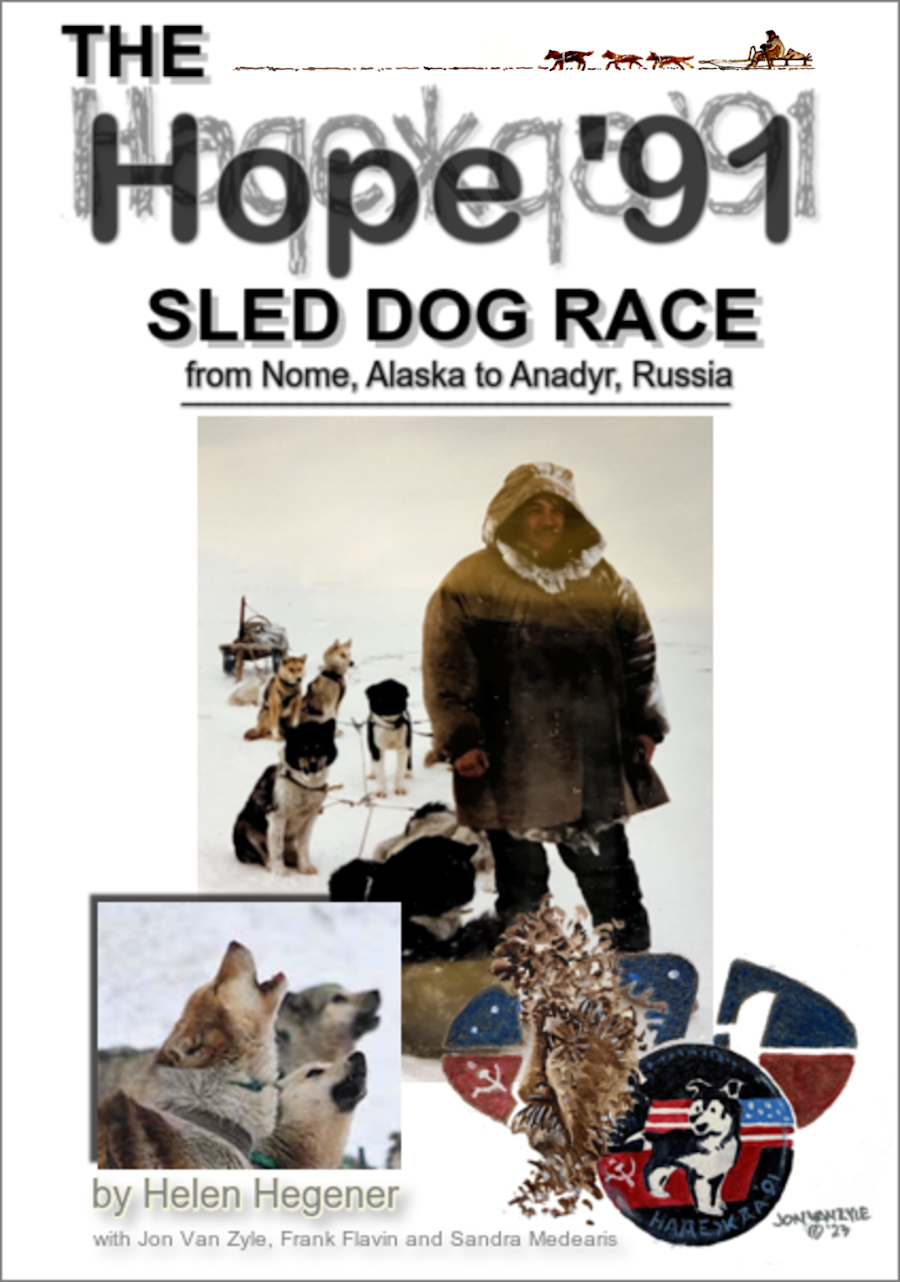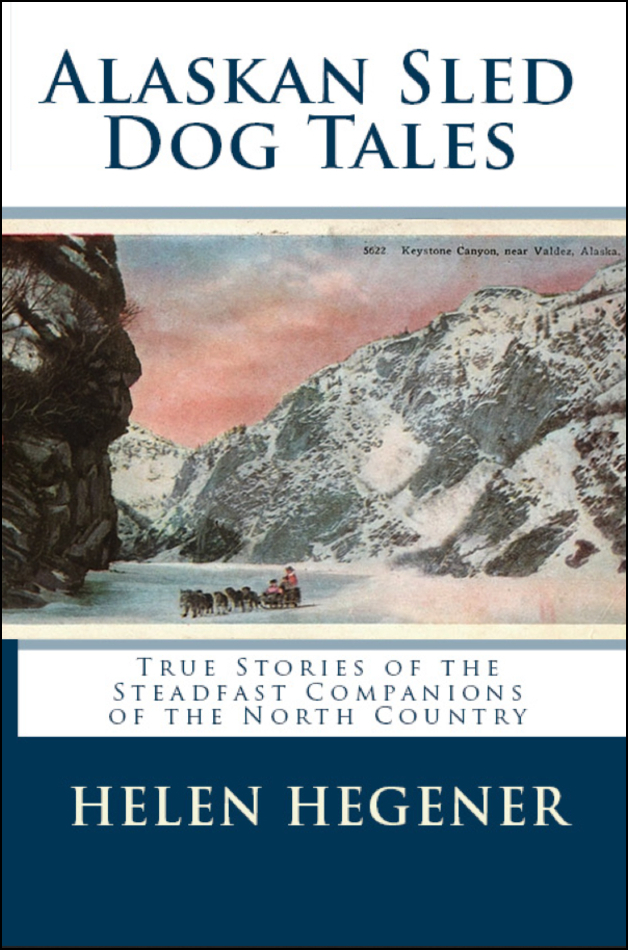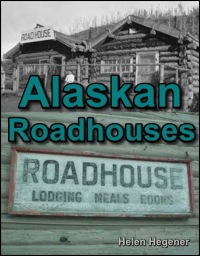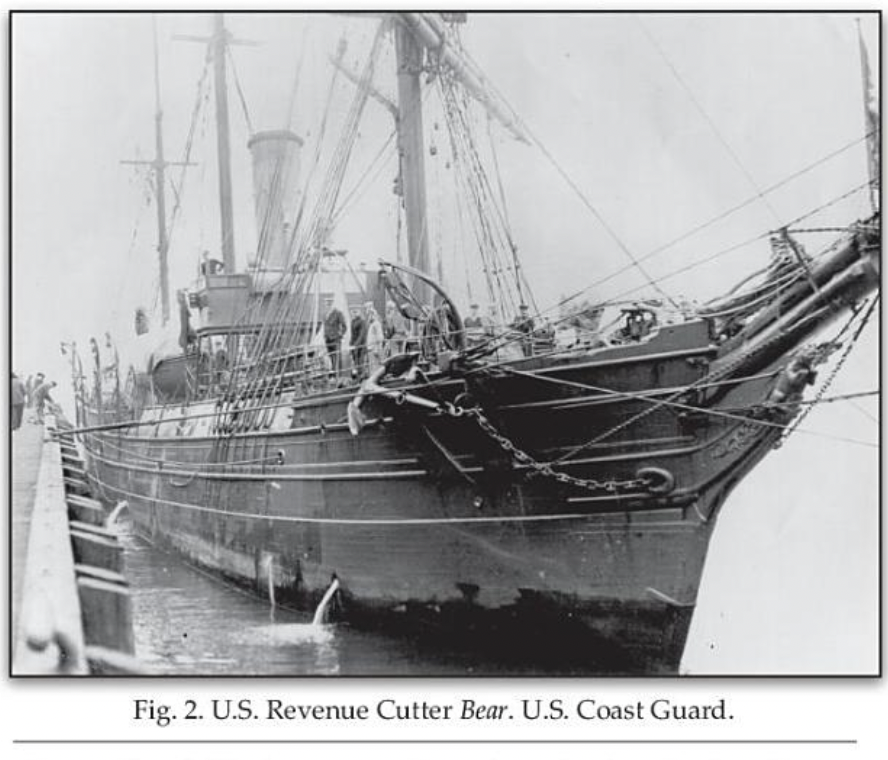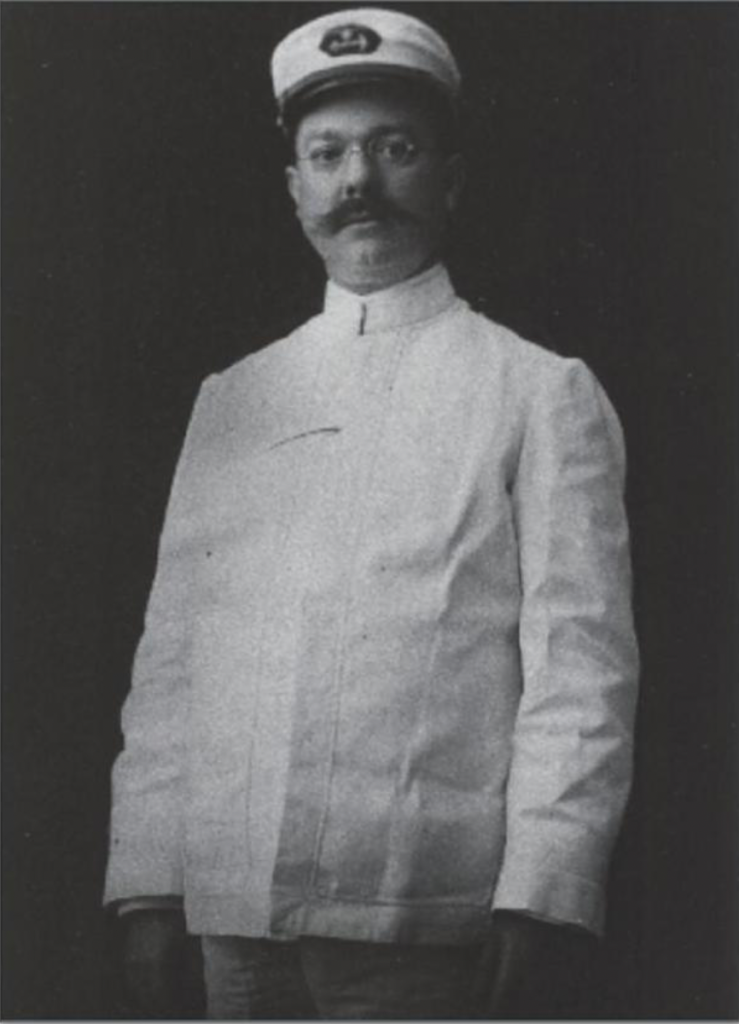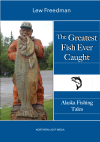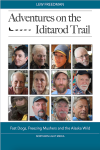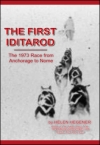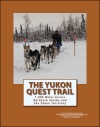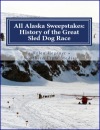Veryl Goodnight: Sled Dogs in America: Alaska & Beyond
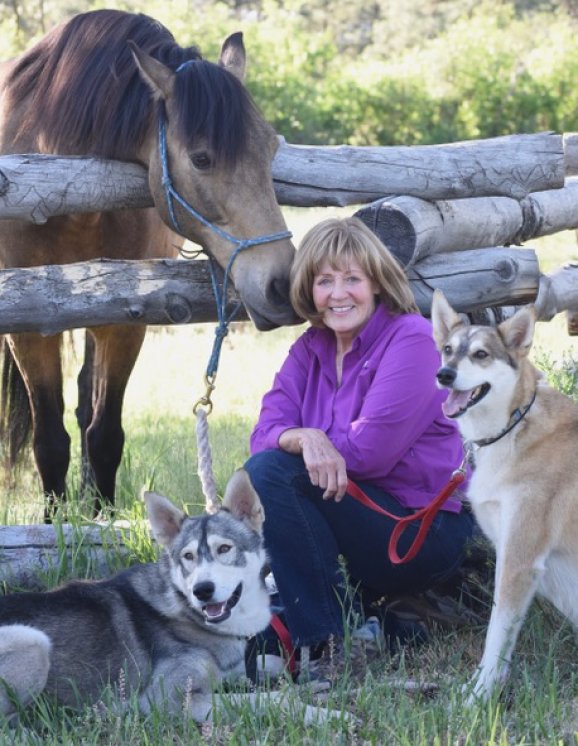
For the past fifteen years the Colorado artist Veryl Goodnight has sought to capture the spirit of sled dogs in her paintings and sculpture.
She notes on her website, “There is still a story to be told in the 21st century of disappearing cultures and traditions that are linked with animal partnerships.”
For Veryl, who has mushed her own team of now-retired sled dogs, one of the most important animal partnerships in our history has been the sled dog. Keenly aware of the role they’ve played in hauling mail, freight, gold and more, she states “Sled dogs were to the North what the horse was to the plains.”
For several months Veryl has been working on an exhibit of her sled dog paintings for the Western Spirit Museum in Scottsdale, Arizona, an affiliate of the Smithsonian Institute which is consistently listed as one of the best museums in the nation by True West Magazine, and was awarded the No. 1 spot for Museums of the West in 2023. The museum showcases the art, culture, and rich history spanning 19 states in the American West, Western Canada, and Mexico.


Veryl Goodnight: Sled Dogs in America: Alaska & Beyond will include props used to create the art along with text sharing the little-known history of the many roles sled dogs and their drivers have had in America’s past. That history was detailed in the 2023 book, ‘The History of Sled Dogs in North America,’ by Helen Hegener (Northern Light Media), for which Veryl supplied the cover art and more than a dozen of her original paintings.
Now, in turn, the book is providing the history and context for the paintings in the exhibit at the museum. Author Helen Hegener and artist Veryl Goodnight have been collaborating with the museum curators to create what will be a splendid showcase of sled dog history in a prestigious museum. The exhibit opens July 16, 2024, and will run through April, 2025. In February, 2025 the artist and the author will present a program based on the exhibit in the Western Spirit theater.
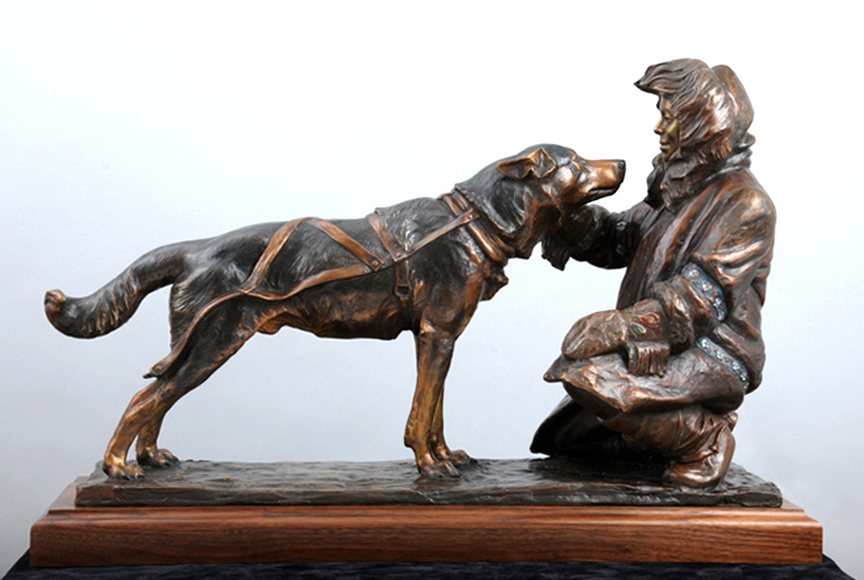



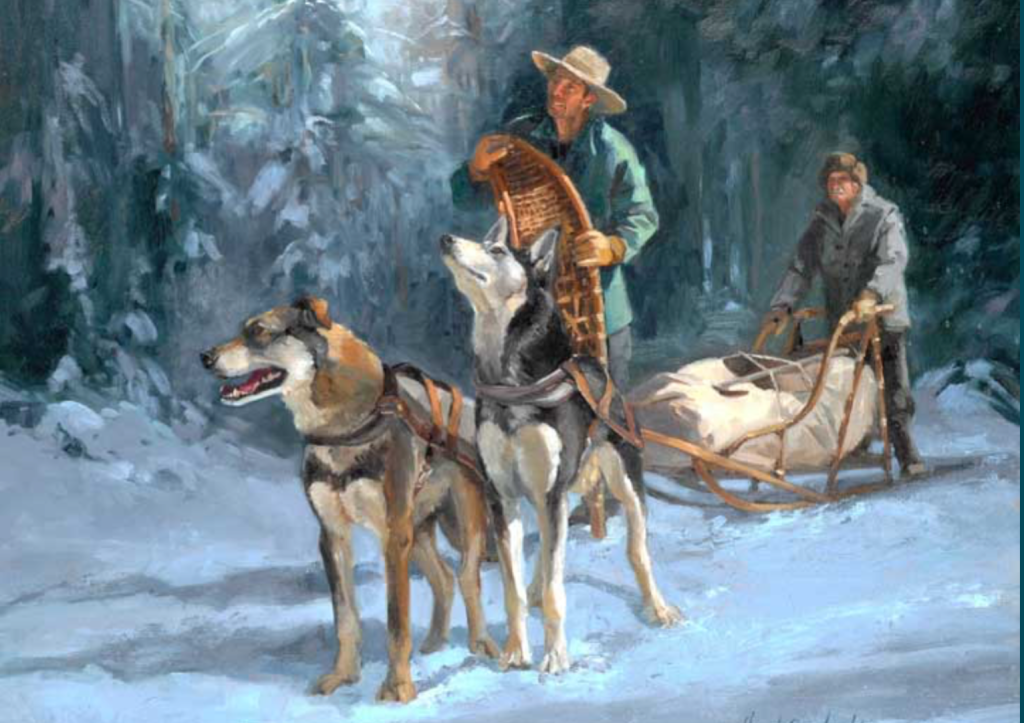
Veryl’s complete sled dog collection can be viewed at her website.





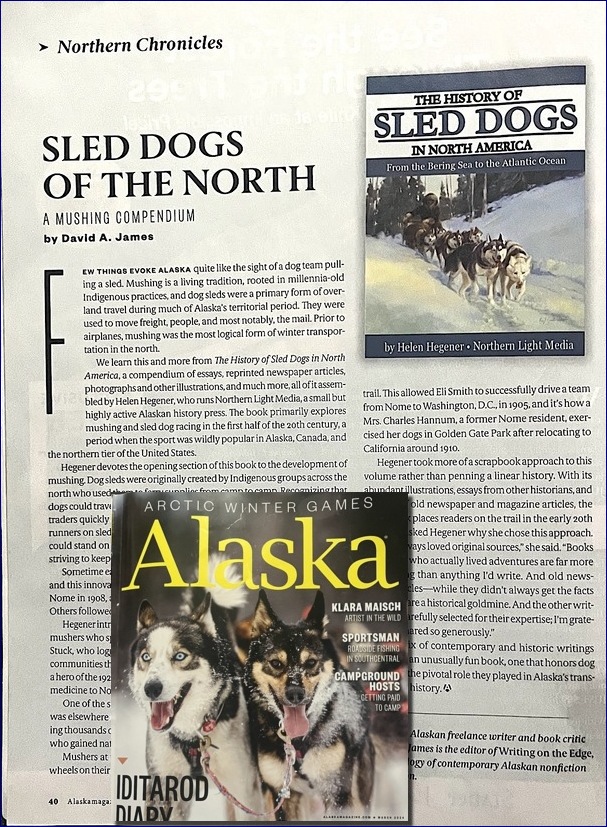






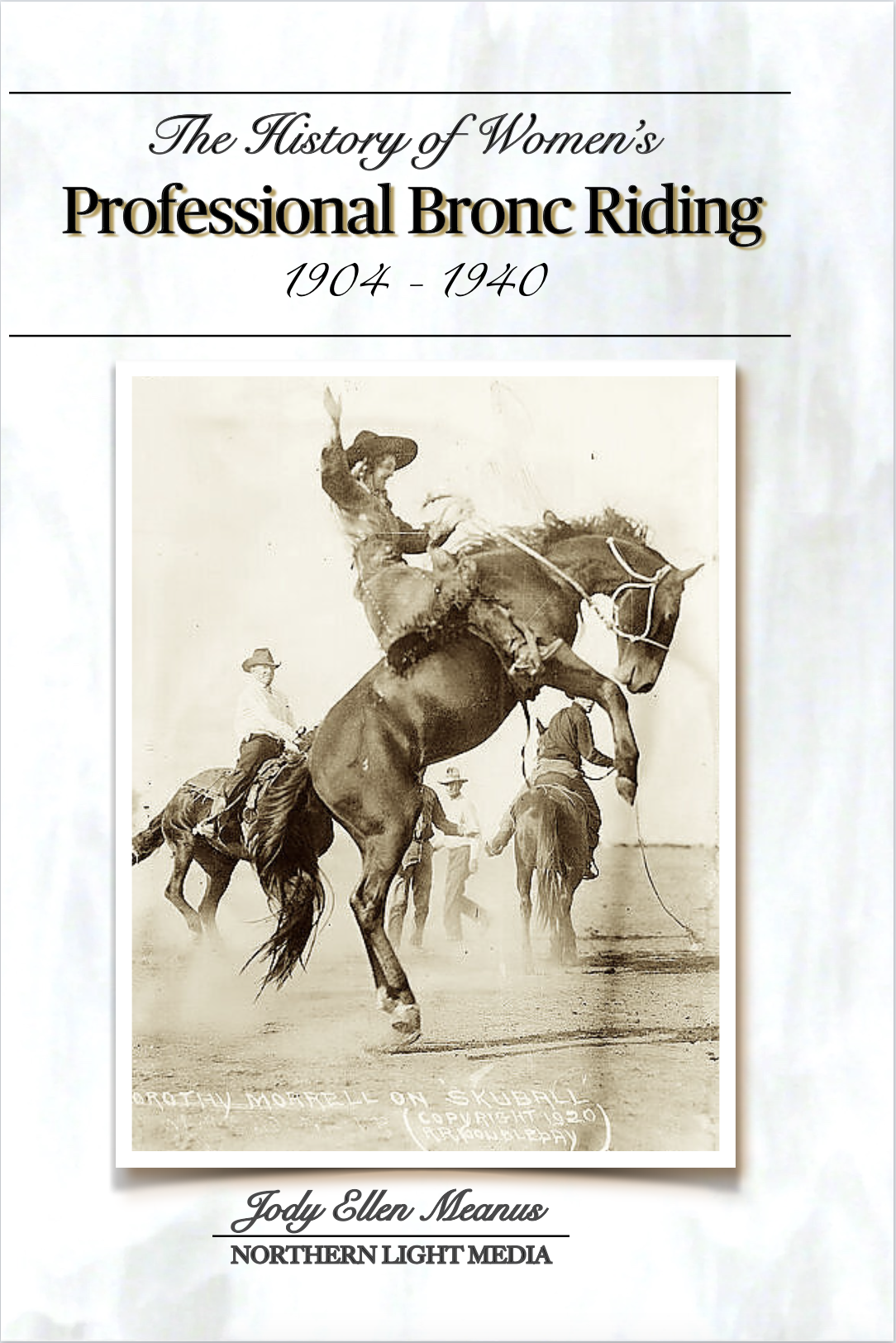
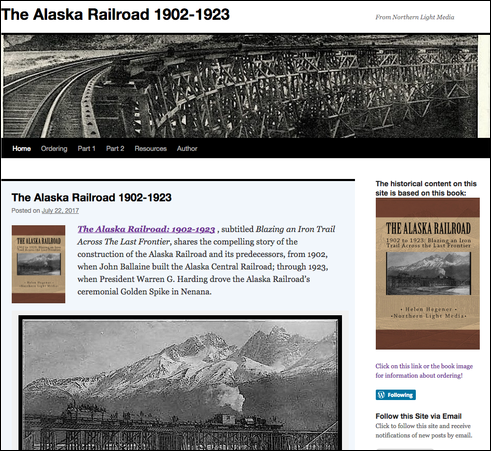 Longtime readers of my books may be aware that I’ve built websites to accompany many of my titles on Alaska’s history. One such website is
Longtime readers of my books may be aware that I’ve built websites to accompany many of my titles on Alaska’s history. One such website is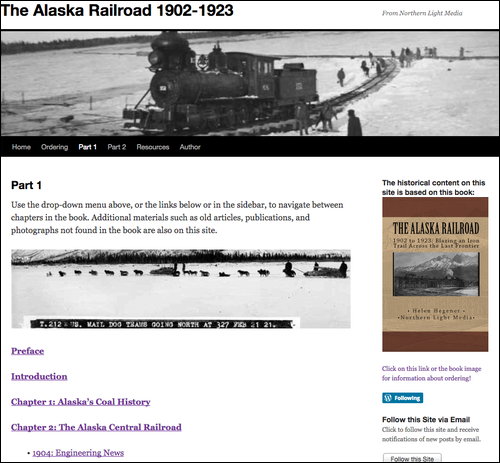 Part 1, which is online to read, covers the prehistory of the Alaska Railroad, from 1902, when Seward was built on Resurrection Bay, to 1914, when the U. S. Government began the surveys which would determine a final route for the railroad. This section tells the histories of the Alaska Central, Alaska Northern, and Tanana Valley Railroads, which provided a jump-start to the Alaska Railroad. Also included in this section is a chapter on the importance of coal to the railroad and to Alaska’s history, and stories of the notorious Morgan–Guggenheim Syndicate and the Ballinger-Pinchot scandal.
Part 1, which is online to read, covers the prehistory of the Alaska Railroad, from 1902, when Seward was built on Resurrection Bay, to 1914, when the U. S. Government began the surveys which would determine a final route for the railroad. This section tells the histories of the Alaska Central, Alaska Northern, and Tanana Valley Railroads, which provided a jump-start to the Alaska Railroad. Also included in this section is a chapter on the importance of coal to the railroad and to Alaska’s history, and stories of the notorious Morgan–Guggenheim Syndicate and the Ballinger-Pinchot scandal.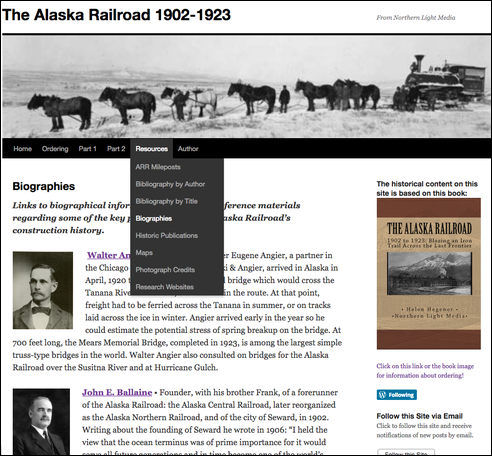 Also online is are biographies which introduce the people whose vision, ambitions, foresight and hard work built the railroad, such as Frederick Mears, Falcon Joslin, John Ballaine, Martha White, William C. Edes, Phinney S. Hunt, Colin M. Ingersoll, Nellie Neal Lawing, James Wickersham, Thomas Riggs, Jr. and many others.
Also online is are biographies which introduce the people whose vision, ambitions, foresight and hard work built the railroad, such as Frederick Mears, Falcon Joslin, John Ballaine, Martha White, William C. Edes, Phinney S. Hunt, Colin M. Ingersoll, Nellie Neal Lawing, James Wickersham, Thomas Riggs, Jr. and many others.